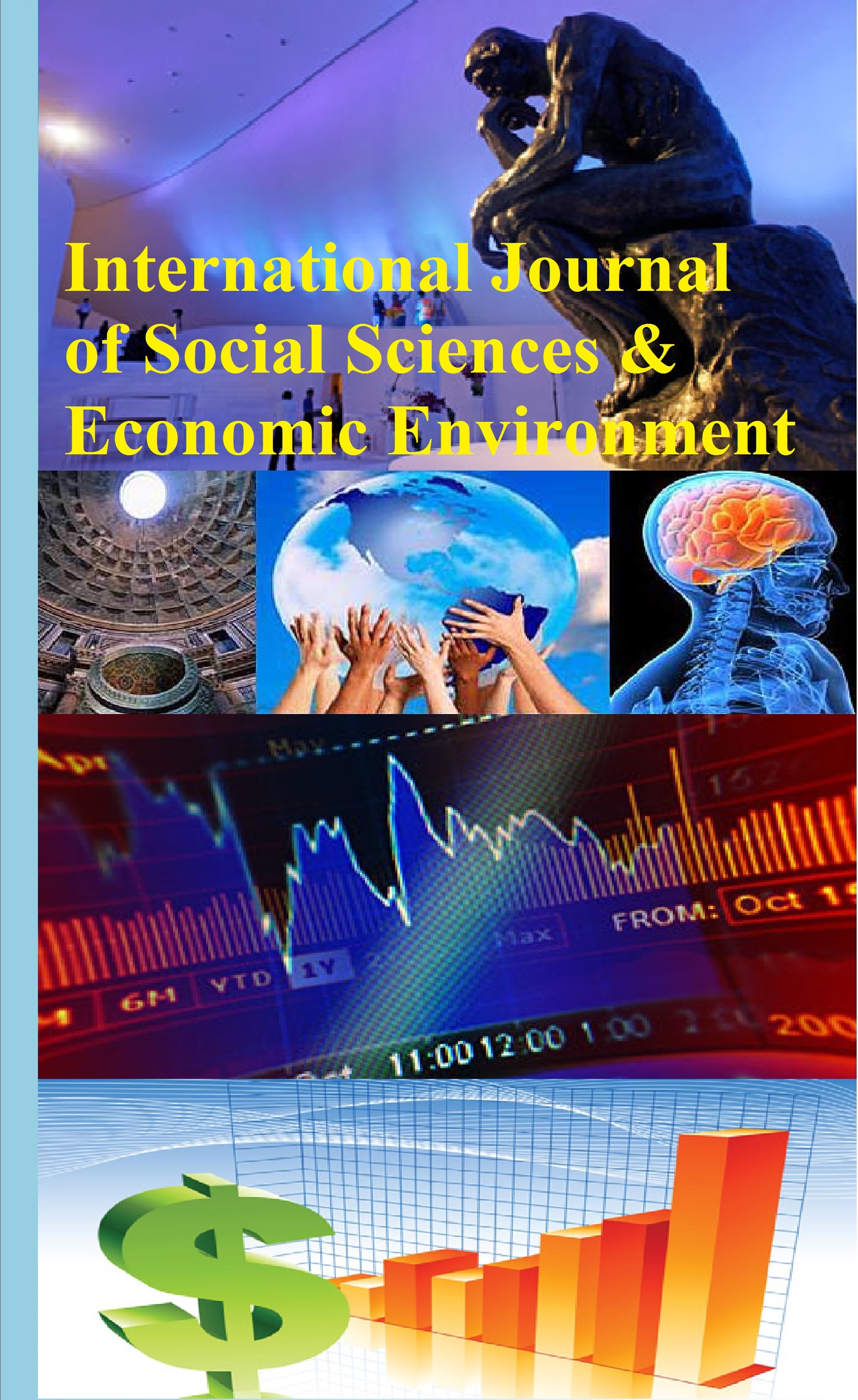ABSTRACT
The data of COVID-19 pandemic when analysed with different probable modulators like affecting social structure like religion, blood group, the burden of other diseases, vaccination for other diseases and many more revealed that Rh -ve blood group, irrespective of ABO blood group may be an important predisposing factor for acquiring SARS-CoV-2 infection and serious disease leading to lethality. Among ABO blood groups, people with blood group A seem to be the most susceptible to COVID-19 followed by AB, O and B blood group. Among different religious groups, Muslim dominated nations had a smaller number of COVID-19 cases and deaths while those dominated by Christians had more devastating COVID-19. The BCG and to some extent Rotavirus vaccinations seem to protect the population from SARS-CoV-2 infection and deaths while other vaccinations like Polio, DPT, HepB, Measles, HiB appeared to support the SARS-CoV-2. The national burden of diseases like TB, HIV-AIDS, Malaria, cardiovascular disorders, natural calamities, fires, food deficiency and poor sanitation seems to protect against SARS-CoV-2 infections and COVID-19. However, the burden of neoplasms (cancers) was significantly increasing the risk of SARS-CoV-2 infections and lethal outcome of COVID-19. The emergence of Omicron variant of SARS-CoV-2 in last two weeks of the year 2021 also had an almost similar association with different disease modulators but gaining more momentum in nations with greater coverage of DPT, HiB, HepB, Polio vaccination and higher burden of neoplasms. This analysis may help in better planning for control of COVID-19 in different societies and nations with reasonable variation in pandemic control strategy instead of a blanket package of practice to curb the disease. The limitations of data-based analysis are also discussed.
Key words: COVID-19, SARS-CoV-2, pandemic, blood group
REFERENCES
- Almadhi MA., et al. (2021), “The effect of ABO blood group and antibody class on the risk of COVID-19 infection and severity of clinical outcomes”, Scientific Reports. 11, 5745 (2021) DOI: https://doi.org/10.1038/s41598-021-84810-9
- Dave RK, Prakash MM. (1995), “The ABO and Rh (D) Blood groups among three different communities of Dhar district, Madhya Pradesh, India”, Journal of Human Ecology. 6(2): 145-146 (1995). DOI: https://doi.org/10.1080/09709274.1995.11907145
- Holman N. et al. (2020), “Risk factors for COVID-19-related mortality in people with type 1 and type 2 diabetes in England: a population- based cohort study”, Lancet Diabetes Endocrinol.8, 823–833 (2020). Retrieved from: https://www.thelancet.com/action/showPdf?pii=S2213-8587%2820%2930271-0
- Hussain R, Fareed M, Shah A, Afzal M. (2013), “Prevalence and gene frequencies of A1A2BO and Rh(D) blood group alleles among some Muslim populations of North India”, Egyptian Journal of Medical Human Genetics. 14 (1): 69-76 (2013). DOI: https://doi.org/10.1016/j.ejmhg.2012.06.001
- Karthikeyan R, Anbazhagan S, Singh SV, et al., (2020), “Global status of COVID-19 diagnosis: An overview”, Journal of Pure and Applied Microbiology, 14(Spl): 6335. DOI: https://doi.org/10.22207/JPAM.14.SPL1.25
- Lim S., et al. (2021), “COVID-19 and diabetes mellitus: from pathophysiology to clinical management”, Nature Reviews Endocrinology, 17, 11–30 (2021).DOI: https://doi.org/10.1038/s41574-020-00435-4
- Myers LC, Parodi SM, Escobar GJ, Liu VX (2020), “Characteristics of hospitalized adults with COVID-19 in an integrated health care system in California”, JAMA 323, 2195–2198 (2020), Retrieved from: https://jamanetwork.com/journals/jama/fullarticle/2765303
- Ray JG, Schull MJ, Vermuelen MJ, Park A. (2020), “Association between ABO and Rh blood groups and SARS-CoV-2 infection or severe COVID-19 illness”, .Annals of Internal Medicine. (2020). DOI: https://doi.org/10.7326/M20-4511
- Singh BR, Gandharava R. (2020), “Are BCG vaccination, population density, median age and poverty important determinants of COVID-19 pandemic spread, morbidity and mortality?” RG (2020) V. 16(12): 2954–2962, Retrieved from: https://www.researchgate.net/publication/340443017_Are_BCG_Vaccination_Population_Density_Median_Age_and_Poverty_Important_Determinants_of_COVID-19_Pandemic_Spread_Morbidity_and_Mortality
- Singh BR.(2020), “Changing relations of COVID-19 morbidity, mortality, and CFR in the World. Research Gate (2020). DOI: http://dx.doi.org/10.13140/RG.2.2.17870.89925/2
- Singh BR., Gandharva R, Karthikeyan R, et al. (2020), “Epidemiological determinants of Acute Respiratory Syndrome CoronaVirus-2 disease pandemic and the role of the Bacille-Calmette-Guerin vaccine in reducing morbidity and mortality”, Journal of Pure and Applied Microbiology. 14 (Suppl 1):1007-1016 (2020). DOI: https://doi.org/10.22207/JPAM.14.SPL1.39
- Singh BR. (2021), “Impact of COVID-19 Vaccination on COVID-19 Deaths”, . RG (2021a). DOI: http://dx.doi.org/10.13140/RG.2.2.10533.37608
- Singh BR. (2021), “COVID-19 Vaccination Disease (CVD): An Emerging Health Problem”, BS (2021b). Available at: https://azad-azadindia.blogspot.com/2021/09/covid-19-vaccination-disease-cvd.html
- Singh BR. (2022), “Vaccines, the holy cow and the God”. Technical Report · March 2022, Technical Report Number: 2/2022/Epid/ICAR-IVRI, (2022). DOI: http://dx.doi.org/10.13140/RG.2.2.11397.63204
 Check for Updates
Check for Updates




